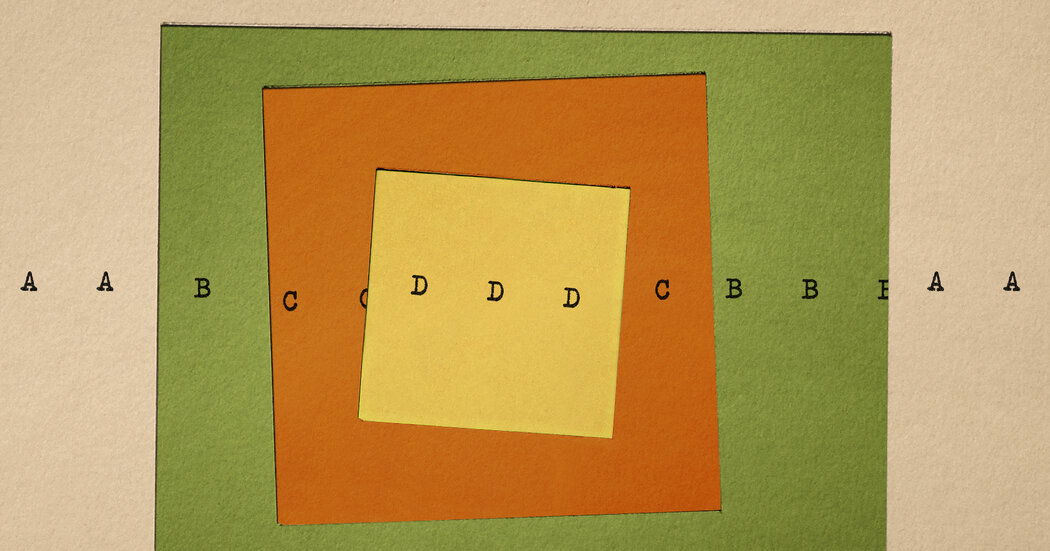According to the scholar Earl Miner, “The test for [allusion] is that it is a phenomenon some reader or readers may fail to observe.” He does not say allusion itself is a test, but the misread floats over the sentence like an optical illusion. I remember, as a student, it felt like a test, when I was reading or more properly looking at modernist poetry and understanding nothing, because I didn’t know what it would mean to understand a text like “The Waste Land” without constant recourse to the endnotes; they were annoyingly irresistible. Rather, Miner is making a distinction about intent. Allusion is, unlike intertextuality, deliberate, and, unlike plagiarism, meant to be recognized. It presumes “a community of knowledge,” a phrase I like for its fellow feeling. I like to think that people who have read the same poems — my A may be your B — are friends of a kind, across any distance, before and after death.
I’m interested in how we decide what is and isn’t deliberate in a work of art — even when the work is our own. Miner writes that “intertextuality is involuntary” — perhaps, like a twitch. An intentional reference might and possibly must contain additional layers of reference, unknown to us, forgotten or not yet discovered. I can’t think of a better example than a meme I saw many years ago, an image of a hissing cat with a text overlay reading I MYSELF AM HELL. The joke was, it’s a Lowell-cat. That’s surely Robert Lowell’s most recognizable line (from “Skunk Hour”), but he added only the “I.” The rest is straight from “Paradise Lost.”
Waldrep’s “world worlding” is a classic allusion, of the “if you know you know” sort. Its diametrical opposite might be the epigraph, the upfront citation, not relegated to footnote or endnote and often in italics — a phenomenon no one could fail to observe. It’s more inclusive than an uncited reference, and might even feel more benevolent, a kind of blessing on the poem. But some poems can’t quite bear the weight of an epigraph, which often seems more suited to the scale of a book. A book with lots of epigraphs on individual poems can feel like a house where every interior room has an ornate door knocker.
My group chat has a recurring debate about epigraphs, and during one of its iterations, a novelist friend said that epigraphs should simply be put into the book: not as front matter, but in the book itself. I thought that was brilliant — an internal epigraph — and such a nice way to describe a move I keep seeing in contemporary poetry, a move I’ve liked every time I’ve seen it, which sits somewhere between the door knocker epigraph and the elusive uncited allusion. Here’s an example, in a poem called “Nicholson Baker & I,” from Catherine Barnett’s book “Solutions for the Problem of Bodies in Space”: “‘Open the second shutter/so that more light may come in,’/said Goethe on his deathbed.”
That could easily have served as an epigraph. But there, it would interrupt the flow from the title to the poem’s first stanza and sentence, which is: “At dinner I was seated next to him,/with whom I might have fallen in love/were he not married and living in Maine.” In the next stanza, Nicholson Baker asks the poet, “What’s your favorite anthology?” (Poetry may be fiction, but let’s pretend this is true.) The rest of the poem is the story of the rest of their evening, interpolated with the poet’s associations and preoccupations; her father is dying on the other coast, we learn, in the 17th stanza. We learn Goethe’s last words in the 19th. This, I feel sure, is the better time to receive them, in the poem’s own Frostian sequence.
